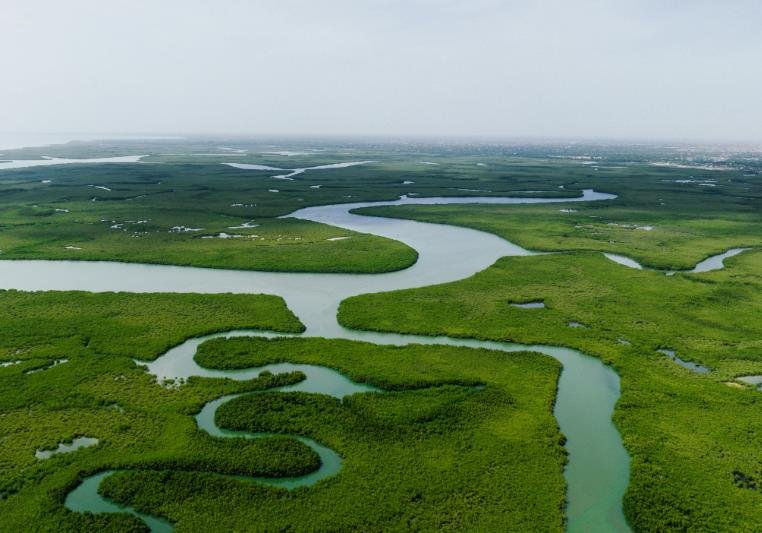A dedicated team from the Field Museum of Natural History has returned from an extraordinary expedition deep into the Amazon rainforest, one of the planet’s most secluded and vibrant ecosystems.
The mission? To study and safeguard the rich biodiversity that thrives in this lush expanse. Over several weeks, these scientists immersed themselves in the dense greenery, uncovering secrets that could shape conservation efforts for years to come.
Dr. Lesley De Souza Shares Her Amazon Adventures
When you meet Dr. Lesley De Souza, you’d expect stories of bustling city life. But for the past month, she was miles away, navigating the wild terrains of the Amazon Basin.
“48 hours ago, we were in deep southern Guyana,” De Souza reminisced. “When you fly into this area, it was just a sea of green.” Her eyes lit up as she spoke about the endless canopy and the myriad species she encountered.
Back in Chicago, Dr. De Souza is reconnecting with the urban environment. Yet, her passion for aquatic life remains undiminished. During a visit to the Field Museum, she captivated young minds with specimens of a wolf fish and an armored catfish, both native to the Amazon River Basin.

Discoveries That Could Change Conservation
The team’s findings are nothing short of remarkable. They documented several new species and observed behaviors that have never been seen before. These discoveries not only add to the scientific community’s understanding but also highlight the urgent need for conservation.
- New Species Identified: Two previously unknown fish species were discovered.
- Habitat Insights: Detailed mapping of river ecosystems revealed critical habitats that need protection.
- Behavioral Studies: Unique mating and feeding behaviors were observed, offering deeper insights into species interactions.
| Discovery Type | Details |
|---|---|
| New Species | Wolf Fish, Armored Catfish |
| Habitat Insights | Identified three key areas requiring conservation |
| Behavioral Studies | Documented unique mating rituals and feeding patterns |
These insights are crucial as they inform strategies to protect these environments from deforestation, pollution, and climate change.
The Importance of Local Community Engagement
One might wonder, why involve local communities in such scientific endeavors? The answer is simple: sustainable conservation requires collaboration.
The Field Museum team worked closely with indigenous communities, respecting their knowledge and integrating their perspectives into the research. This partnership ensures that conservation efforts are culturally sensitive and more effective.
- Community Workshops: Educating locals about the importance of biodiversity.
- Collaborative Projects: Joint initiatives to monitor and protect endangered species.
- Cultural Exchange: Sharing scientific knowledge while valuing traditional practices.
These efforts not only foster trust but also empower communities to take an active role in preserving their natural heritage.
Challenges Faced in the Amazon
Exploring the Amazon is no small feat. The team encountered numerous challenges that tested their resilience and adaptability.
From navigating the treacherous river systems to dealing with unpredictable weather, every day brought new obstacles. Health concerns, such as mosquito-borne diseases, were a constant threat, requiring the team to stay vigilant and prepared.
“Living in such a remote area taught us the true meaning of teamwork,” De Souza noted. “Every challenge we faced was a lesson in perseverance and collaboration.”
Future Plans: Bridging Research and Action
With their expedition concluded, the scientists are now focused on translating their research into actionable conservation strategies. The goal is to create a sustainable model that can be replicated in other parts of the rainforest.
Upcoming Initiatives:
- Data Analysis: Processing the vast amounts of data collected to inform policy decisions.
- Educational Programs: Developing materials to educate the public about Amazonian biodiversity.
- Conservation Projects: Launching initiatives aimed at protecting critical habitats identified during the expedition.
These plans are a testament to the team’s commitment to making a tangible difference in preserving one of Earth’s most vital ecosystems.
The Broader Impact on Global Conservation Efforts
The Amazon rainforest plays a pivotal role in the global ecosystem, acting as a carbon sink and housing countless species. The research conducted by the Field Museum team has implications far beyond the rainforest itself.
By understanding the intricate web of life in the Amazon, scientists can better predict how changes in this region might affect global biodiversity and climate patterns. This knowledge is essential for developing comprehensive conservation strategies that address both local and global environmental challenges.
















